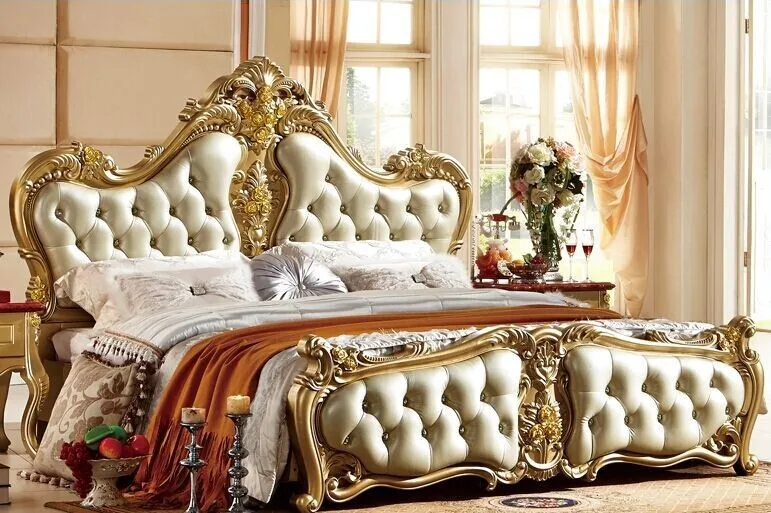NATA
22:01
NATA SAMPLE PREVIOUS YEAR QUESTIONS
1. Imagine that you are a worm moving
in the vegetable market....sketch what u see.
2. Draw a logo for kabbadi game using
rectangles, circles and triangles. Use only 3 colours.
3. Using cubes of different sizes
create a sense of opening and steps...light and shades.
4. You are 6 cm in size and you are
standing on the table of an explorer would a world map, 2 books,2 pencil,
compass, notepad and this table is near a window having partial curtains on
5. Draw the logo of a shoe company
using circles and triangles only
6. You have 1 empty bowl,1 glass,2
forks,1 spoon and handkerchief draw a 3d composition giving light and shadow
effect like light is coming through your left
7. Imagine that you are sitting in a
merry go round. You can see some food stalls. Giant wheel etc. Draw the view.
8. Draw a rectangular box. Divide the
box using straight and zig zag lines and colour it using 4 colours.
9. Using 4 parts of a luggage draw a
composition ; light is falling from the left side. Shade it and show shadow.
10. There is a inter school quiz
competition going on in an historical school assembly hall .There are two
students in each group n there are three groups. The other three sides of the
hall is occupied by audience with the quiz master standing in the middle of one
side, you are sitting on 2nd top row of a side...sketch what you see.
11. Redesign a logo for your favorite
TV News channel.
12. Using at least 4 cylinders show a
tall building. Show light n shadow.
13. You are going on a trip in a bus
and sitting on the window seat. the bus is passing thru a village... there is
an open air cattle market going on in the village. lots of bullocks, buffalos,
bullock carts & its spare parts, tea and snack stalls on hand
carts.....huge crowd of sellers, customers and visitors.........draw what u see
from the window sitting inside the bus....













.jpeg)

.png)




